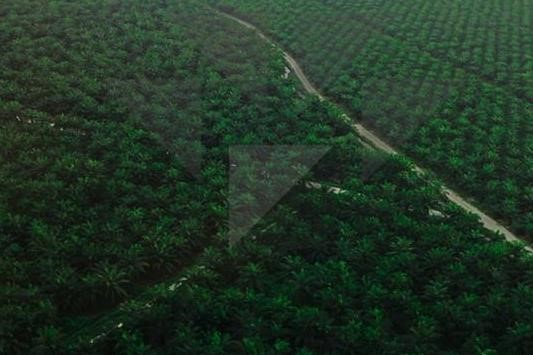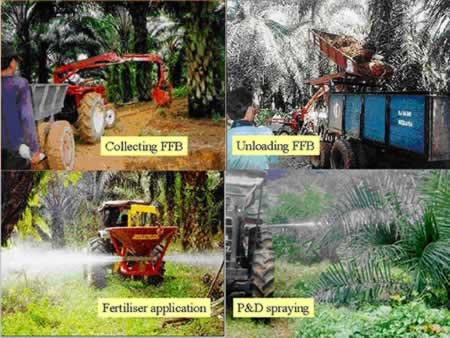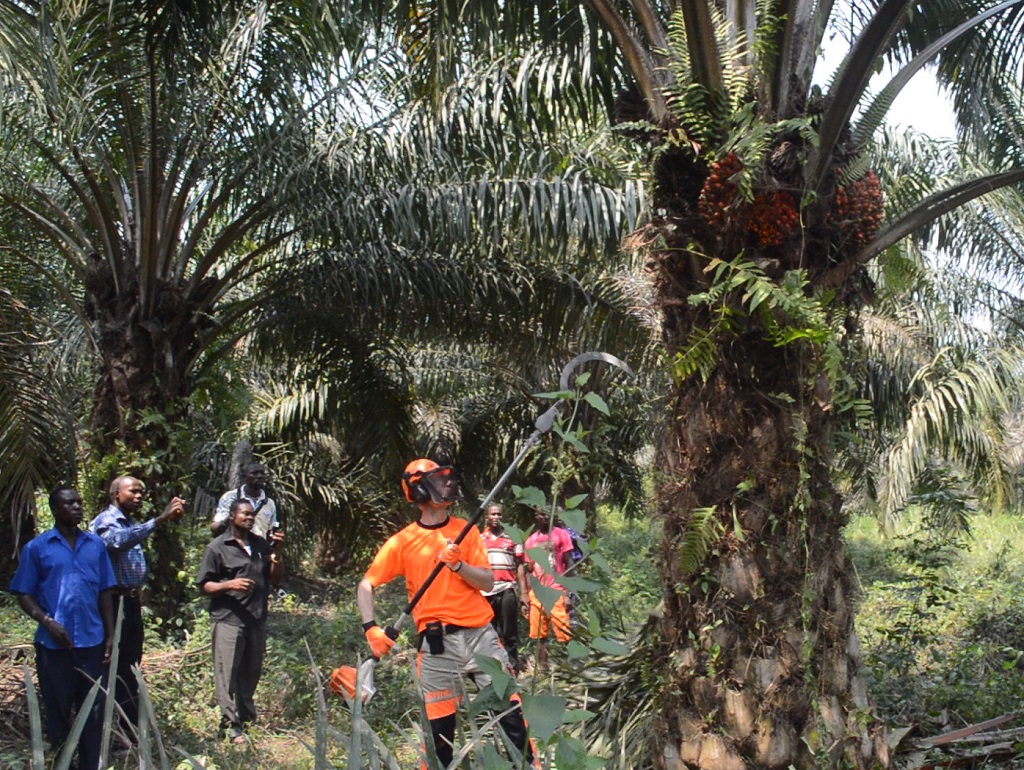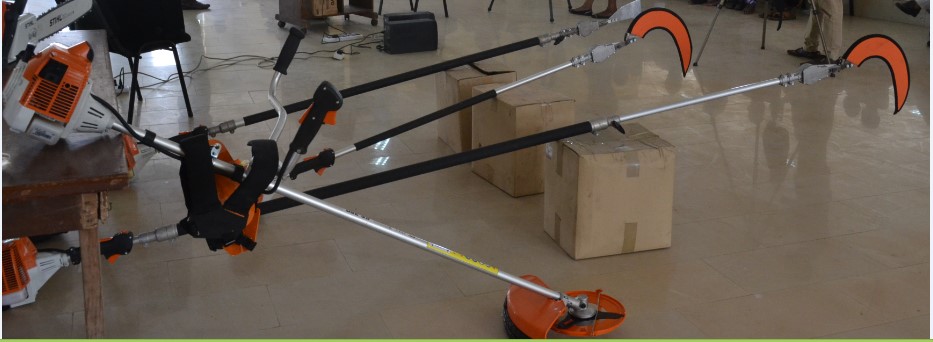Mechanizing Palm Oil Crop Production
Mechanizing Palm Oil Crop is essential to increase the productivity of any agricultural crop such as oil palm (Elaeis guineensis). Productivity can be enhanced using mechanical means for the removal of drudgery from the entire production processes. As communities across the tropics continue working together as small holders and larger farms, the ability to adopt more mechanized systems of producing, protecting, and harvesting palm oil crops increases.

Palm oil trees, being perennials, with dense vegetation, offer an amazing sink for Carbon sequestration and many years of sustainable production. Source: MPOC.org – Oil Palm Carbon Sink
Whether harvesting processes, loading and unloading, spraying, or fertilizing your palm oil crop, you can now use standard agricultural tractors; and also, Utilitary Vehicules, properly set up, to accomplish many of the tasks once done by hand, greatly increasing work capacity per day.

Note the specialized fertilizer spreader pictured above that can direct the material right to the base of the plant where it needs it, and not wasting it on the traffic lanes. Source: (AA Resources )
This machine is called a ‘primemover’, more or less a utility vehicle with multiple attachments and applications. In this case they’ve equipped it with a ‘circle sprayer’, with six booms that can open and close around the tree for applying crop protectants such as weed control.

Source: New mechanized system for circle spraying of oil palms seedling emergence – Scientia Agricola
Mechanical Adjustable Harvesters (MAH)
The Mechanical Adjustable Harvester is versatile and has many attachments that significantly speed up the process of harvesting palm fruit trees.
From an article published by NDLink – Harvesting oil palm fruit bunches using the Mechanical Adjustable Harvesters (MAH) , the author wrote the following:
“A typical palm fruit harvester can work through an oil palm plantation and harvest 80 – 100 bunches per day depending on height, terrain, season, and how well the palms are pruned. The current tool of the trade for palm fruit harvesters is either a cutlass with a climbing rope or a sickle attached to the end of a long adjustable pole. When the harvester identifies a ripe fruit, he maneuvers the sickle around the fruit bunch stalk and cuts it with a vigorous downward pull on the pole. Often, palm fruit harvesters leave fruits on short trees because of the difficulty of getting a clean cut and not damaging the tree.”
“The limitation of this traditional method of harvesting oil palm fruits affects the profitability of oil palm business amongst small holder plantations (less than 5 Hectares). The MAH is viewed as a revolutionizing tool to the oil palm fruit harvesting business. It has a 1.2 Hp, two-stroke petrol engine, with an extension pole that can reach palm trees up to 20 feet. The biggest advantage of the MAH is that palm fruit harvesters can harvest between 100 – 150 fruit bunches per day using less than 1 liter of petrol…”
Here’s a video of a similar machine, but using the same mechanization:
As we seek to introduce more small tractors across multiple uses, and see these specialized attachments and hand tools become more available, the hope is for increased production while reducing labor expense across the Palm Oil industry.
By: John Deibel
Read more about it by clicking on any of the links in this article or a couple more provided here:
The Borneo Post – Innovations in the Palm Oil Sector
Martins Library Blog Spot – Palm Oil – Traditional and Mechanized




